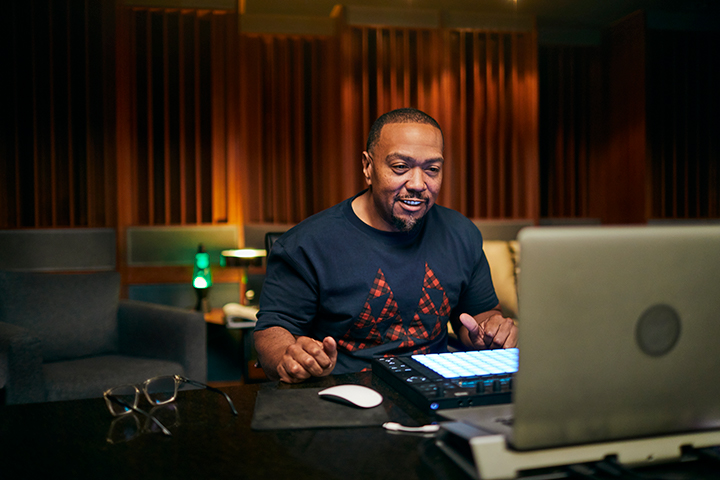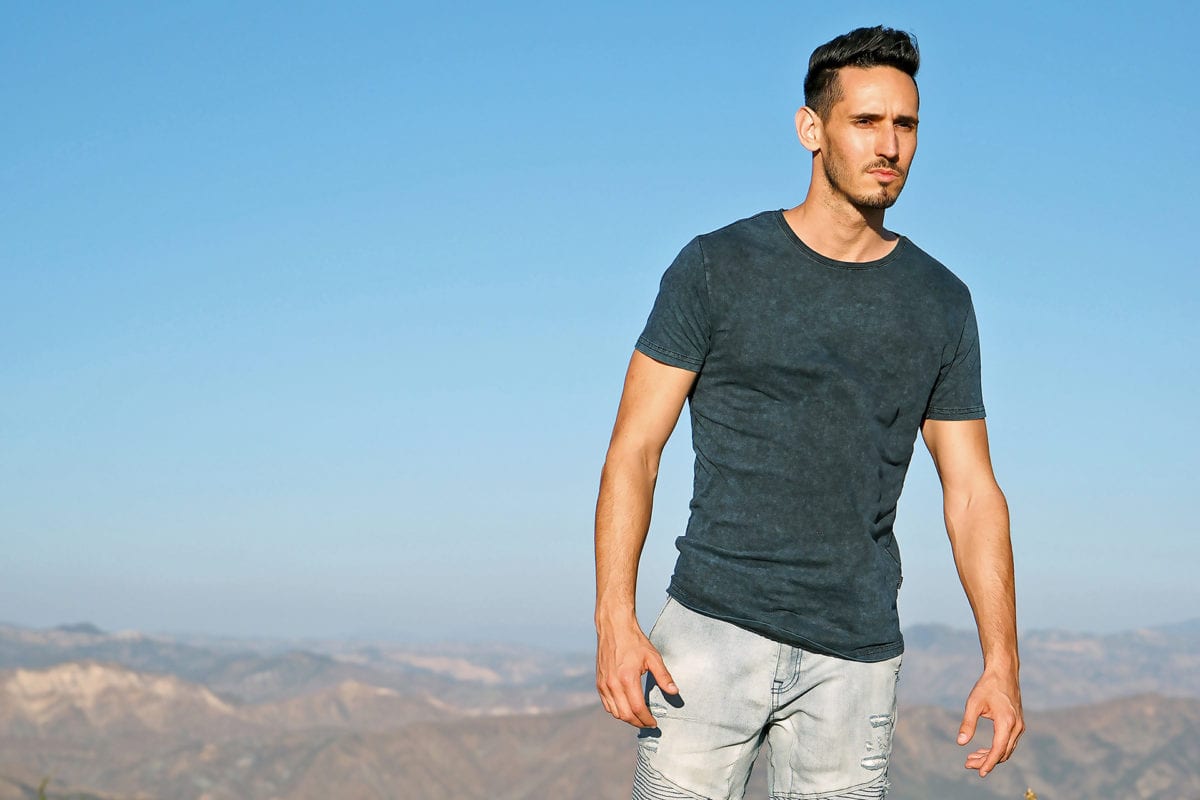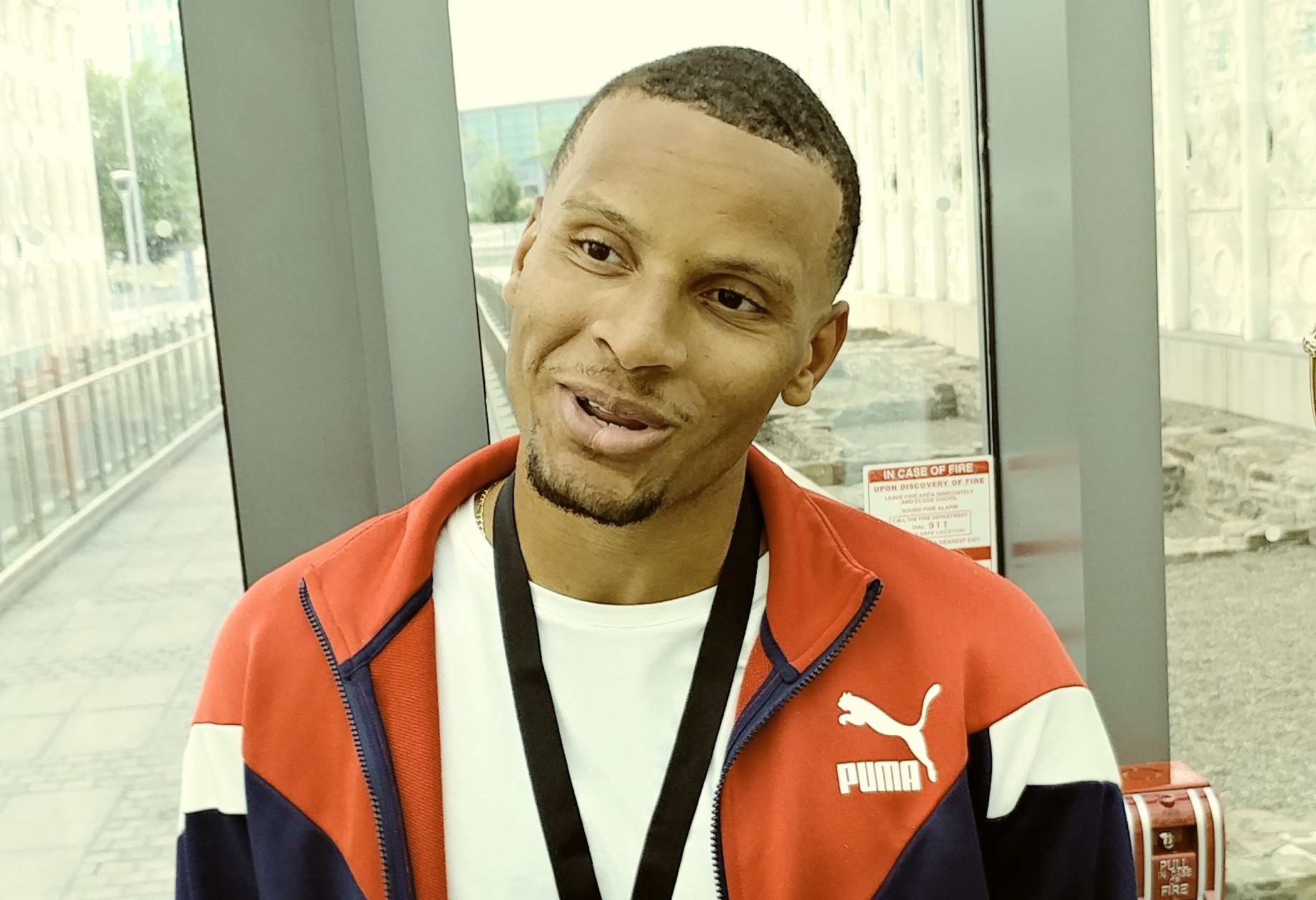Beginning her career as a secretary at age 21, the now American businesswoman, multi-millionaire and political figure Carly Fiorina used her leadership and problem solving skills learnt in her earlier career to work up the ranks as the first female chief executive of a Fortune 50 company and a presidential candidate in the 2016 elections.
Within the span of about two decades her career spiraled from a secretary for a real estate company to become the first female chief executive of Hewlett-Packard, at age 44, in 1999, where Fortune magazine named her the most powerful woman in US business five years in a row, declaring “Carly Fiorina didn’t just break the glass ceiling, she obliterated it”.
She had entered the technology sector in 1980 when she joined US giant AT&T as a management trainee. In ten years, she was the firm’s first female vice president, and by 1995, a senior director at AT&T spinoff Lucent Technologies.
Fiorina’s success caught the attention of HP, looking for a reboot, after missing nine straight quarterly profit targets. She described the situation as “deteriorating profitability in every category, lagging in market share in every category but one.”
Under her leadership, revenue grew, innovation tripled, growth quadrupled, and HP became the 11th largest company in the U.S. “It was a transformation of a great company. It happened because 80-plus thousand employees decided it needed to happen, and understood how to make it happen. So, we did,” she said.
“Much of what we accomplished during that transformation was actually about rediscovering and preserving who we really were.”
When the merger between HP and Compaq occurred in 2002, it was the biggest in the technology sector at the time, and created the world’s largest seller of personal computers.
In recent years, Fiorina has dedicated most of her time to her charity work. This includes being the chair of Good360, which helps companies give their surplus merchandise to various charities, and running Unlocking Potential, assisting heads of charities improve their leadership skills.
She was also Chairwoman of Opportunity International, an organization that lifts millions out of poverty around the globe through micro-finance. She also founded the One Woman Initiative in partnership with Secretary of State Condoleezza Rice, to empower women in Pakistan, Egypt, India and the Philippines through increased access to economic opportunity.
Also, a bestselling author, her titles include Tough Choices and Rising to the Challenge, and her latest, Find Your Way.
Tell me about Find Your Way.
One of the things I’ve learned over again is that people have more potential than they realize. So often, we get into our own way, or don’t tap into our own strengths.
I wrote it for young people. I think our culture is sending a lot of really confusing messages to young people. I think social media puts tremendous expectations on young people. Other’s expectations get to be a heavy burden, and sometimes people can’t figure out how to make their own way under that burden.
I think our culture sends a lot of the wrong messages about what real leadership is. I think our culture lifts up the powerful, the rich, the famous, the outrageous, the controversial, the entertaining, and people with position and title. It’s natural that people say, ‘Oh, that must be leadership.’ In truth, none of those things are about leadership – although sometimes leaders have those things. So, I wanted to talk to people about what the fundamentals of leadership are, and how the truth is every one of us can lead once we realize what true leadership is and that we have the capacity for leadership.
What, to you, differentiates a good leader from a great leader, from a manager?
Managers operate within the status quo. So, in the business sense, a manager would do a really good job of operating within existing competitive conditions, improving their market share with an existing product line. A leader changes constraints and conditions. A leader challenges the status quo. A leader creates a new product or changes the rules of the game.
Now, the difference between a good leader and a great leader, I think, is all about the highest calling of a leader. I believe the highest calling of a leader – the purpose of a leader – is to change the order of things for the better. They have to solve problems. I think their highest calling is to unlock potential in others.
What were the fundamental traits you credit to your success?
I had no ambition to be a CEO. It seemed so out of reach. It never occurred to me. But, what I saw everywhere were problems. Everyone knew what they were, but no one was taking them on. The reason problems fester is that the status quo is powerful, and sometimes comfortable. So, what I did was solve problems. It is what I was brought to HP to do. I was brought to HP to solve a set of festering problems that had festered for a long time.
I learned how to work with people and solve problems. Over time, I came to learn that that is what leadership is all about – making things better by collaborating and leading others.
How did the employees feel about problem solving?
I purposely brought no one new in at the beginning. I did that for a very explicit reasons, which was to send a very clear message to the organization that we could, and we would, figure out what the problem was, and we would fix it. It wasn’t about having the wrong people. It was about, perhaps, putting our energy on the wrong problem. Or, in HP’s case, getting too comfortable with the way things had been for too long.
I believe that to successfully accomplish change, a leader does not mold others to their vision. A leader builds a vision that others share.
What advice would you give to budding entrepreneurs?
Courage. You have to take risks. You have to withstand criticism. Courage isn’t the absence of fear, it’s getting through it.
Character. What keeps you going when the going gets tough – and the going always gets tough.
Collaboration. Don’t think you are going to do it all on your own. You cannot collaborate unless you are humble and empathetic. If it looks like something really can’t get solved, there is something or someone you are missing.
Finally, seeing possibilities. This can be better. We can solve this problem.
Dave Gordon | Contributing Writer




















